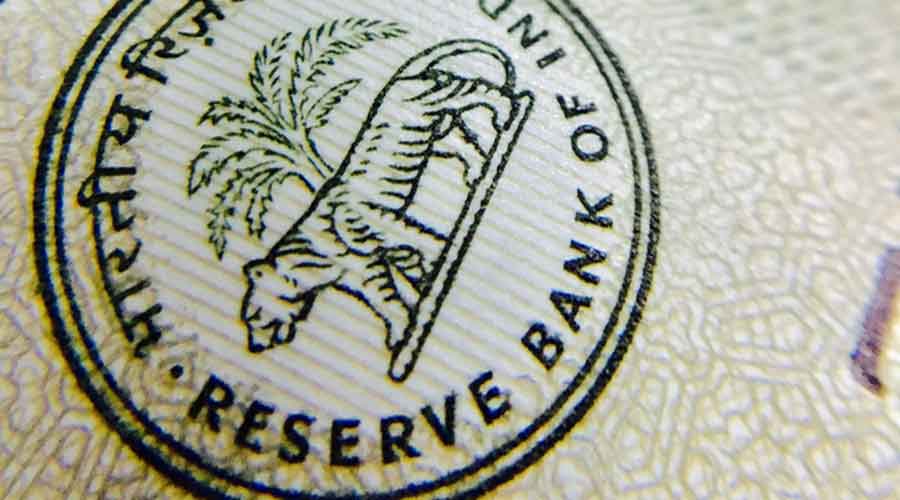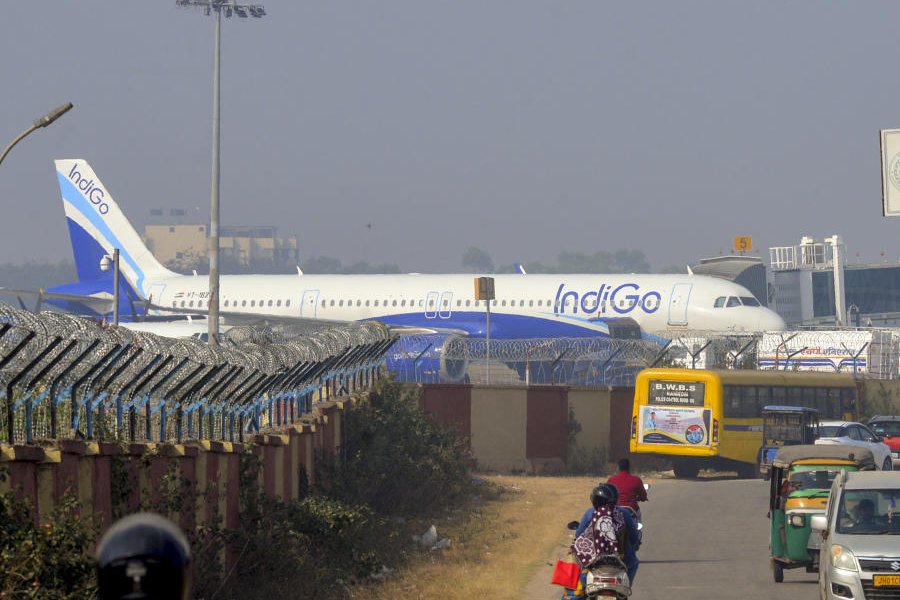The Reserve Bank of India (RBI) may add another tool to its liquidity normalisation measures in the form of an uncollateralised standing deposit facility (SDF) when it announces the monetary policy on Wednesday.
Though the RBI is expected to maintain status quo on rates, it is projected to continue mopping surplus cash now at over Rs 8.50 lakh crore.
A section of economists feel SDF could be back on RBI’s table as it continues to suck out surplus liquidity, Under this facility, banks with excess cash balances can park money with the RBI without collateralised bonds. The investment may, however, yield a return lower than the current reverse repo rate of 3.35 per cent.
Banks who are short of funds can now raise money from the RBI against the collateral of government securities — the mechanism of repo — while they can park surplus cash with the RBI through the reverse repo route.
The RBI had toyed with SDF in 2020 when banks had become extremely risk-averse to lending. It was first proposed by the Urjit Patel monetary policy report in 2014 and received government approval in 2018 through an amendment in the RBI Act.
In a note on Tuesday, brokerage Emkay said the RBI “may have to explore new tools to manage durable liquidity/and idiosyncrasies amid collateral constraints under variable rate reverse repo (VRRRs)’’. The introduction of uncollateralised SDF could significantly enhance the central bank’s sterilisation capacity, it said.
Emkay said the net durable liquidity surplus which was running at Rs 11.24 lakh crore as on November 19, has since shrunk to around Rs 8.5 lakh crore. But this is still far higher than the pre-Covid level of Rs 2 lakh crore. “The journey from current Rs 8.5 lakh crore plus system liquidity to a pre-Covid Rs 2 lakh crore will be a long-drawn one,” the Emkay note said in justification for the introduction of the SDF facility.
While the RBI had earlier deployed 14-day VRRRs that yields a higher rate vis-à-vis the reverse repo in the October policy, it had increased the size and the duration of the instrument.
According to Churchil Bhatt, EVP Debt Investments, Kotak Mahindra Life Insurance Company, the RBI will continue to normalise high banking system liquidity by adjusting the amount and tenor of existing VRRR operations. Bhatt added that the interest rate markets are expected to remain range bound around current levels in the absence of a policy surprise.
Though many in the markets feel the central bank will not rock the boat with a reverse repo hike, there are a few who do not rule out such a possibility.
Abheek Barua, chief economist, HDFC Bank said that the current RBI policy meeting comes against the backdrop of uncertainty around the Omicron virus on one hand and the US Fed continuing to sound hawkish and markets pricing in accelerated tightening globally on the other.
“In our base case, we continue to see a high probability of a reverse repo rate hike by the RBI in December, especially in the light of increasing inflationary concerns and signs of growth picking up and some normalisation since the October policy that has already been underway,’’ Barua said.











